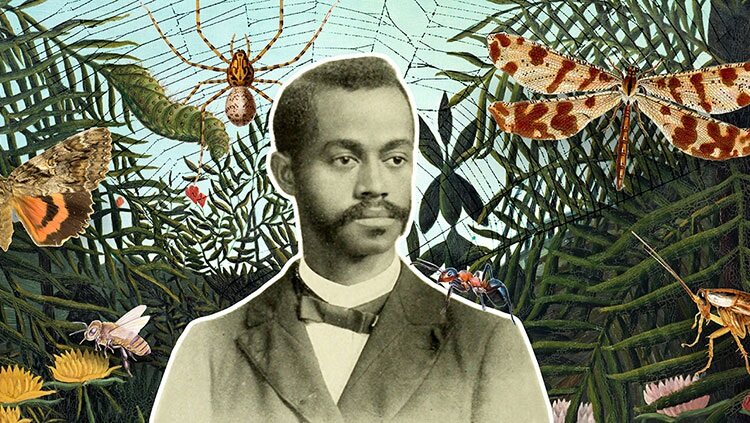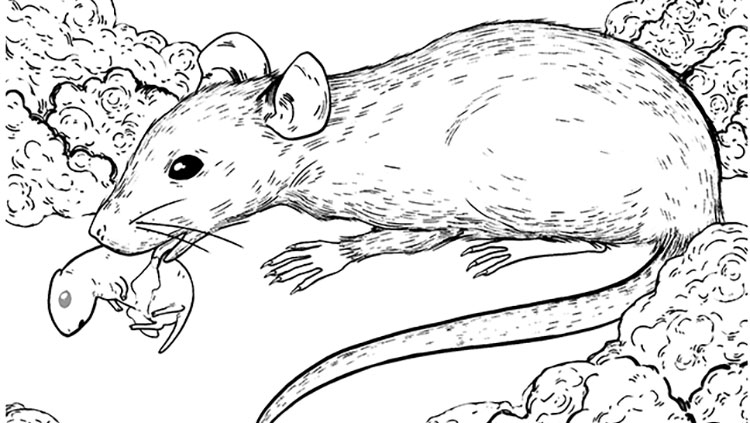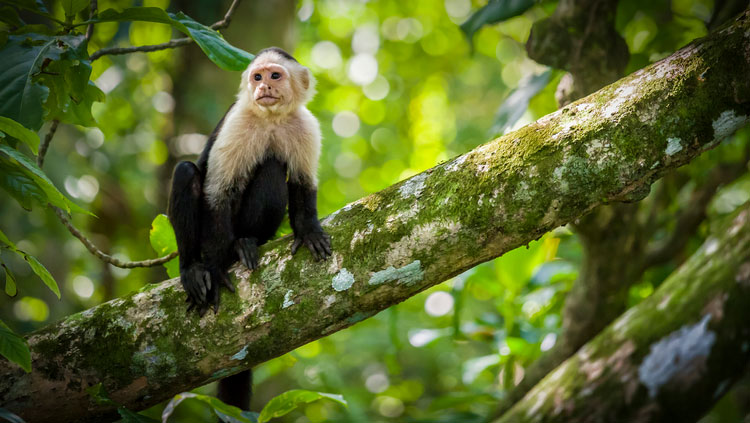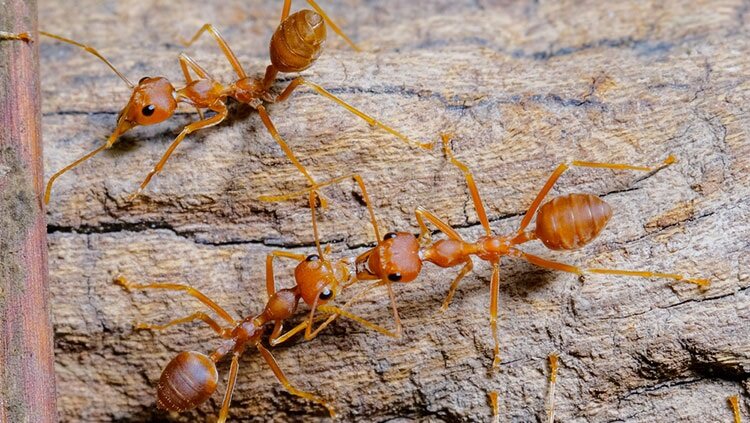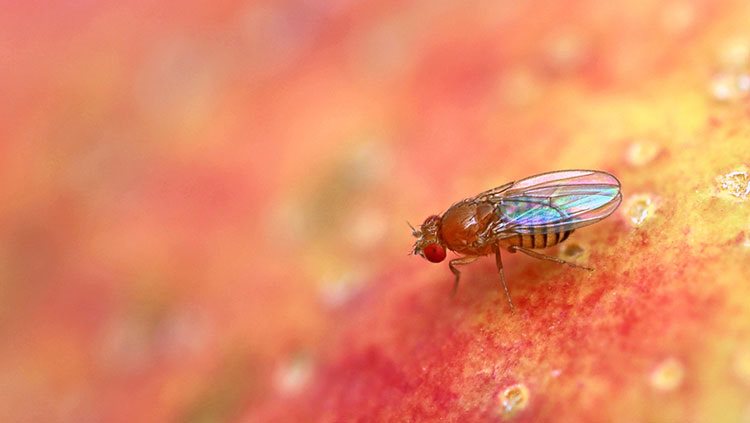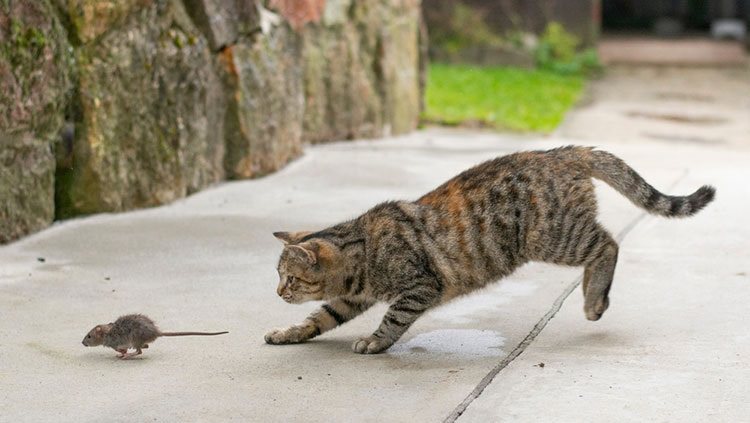Do Spiders Dream? What About Cuttlefish? Bearded Dragons?
- Published1 Nov 2023
- Author Carolyn Wilke
- Source Knowable Magazine
Young jumping spiders dangle by a thread through the night, in a box, in a lab. Every so often, their legs curl and their spinnerets twitch — and the retinas of their eyes, visible through their translucent exoskeletons, shift back and forth.
“What these spiders are doing seems to be resembling — very closely — REM sleep,” says Daniela Rößler, a behavioral ecologist at the University of Konstanz in Germany. During REM (which stands for rapid eye movement), a sleeping animal’s eyes dart about unpredictably, among other features.
In people, REM is when most dreaming happens, particularly the most vivid dreams. Which leads to an intriguing question. If spiders have REM sleep, might dreams also unfold in their poppy-seed-size brains?
Rößler and her colleagues reported on the retina-swiveling spiders in 2022. Training cameras on 34 spiders, they found that the creatures had brief REM-like spells about every 17 minutes. The eye-darting behavior was specific to these bouts: It didn’t happen at times in the night when the jumping spiders stirred, stretched, readjusted their silk lines or cleaned themselves with a brush of a leg.
Though the spiders are motionless in the run-up to these REM-like bouts, the team hasn’t yet proved that they are sleeping. But if it turns out that they are — and if what looks like REM really is REM — dreaming is a distinct possibility, Rößler says. She finds it easy to imagine that jumping spiders, as highly visual animals, might benefit from dreams as a way to process information they took in during the day.
Rößler isn’t the only researcher thinking about such questions in animals distantly removed from ourselves. Today, researchers are finding signs of REM sleep in a broader array of animals than ever before: in spiders, lizards, cuttlefish, zebrafish. The growing tally has some researchers wondering whether dreaming, a state once thought to be limited to human beings, is far more widespread than once thought.
REM sleep is generally characterized by a suite of features in addition to rapid eye movements: the temporary paralysis of skeletal muscles, periodic body twitches, and increases in brain activity, breathing and heart rate. Observed in sleeping infants in 1953, REM was soon identified in other mammals such as cats, mice, horses, sheep, opossums and armadillos.
Events in the brain during REM have been well-characterized, at least in humans. During non-REM periods, also known as quiet sleep, brain activity is synchronized. Neurons fire simultaneously and then go quiet, especially in the brain’s cortex, making swells of activity known as slow waves. During REM, by contrast, the brain displays bursts of electrical activity that are reminiscent of waking.
Even across mammals, REM sleep doesn’t all look the same. Mammals called echidnas show characteristics of REM and non-REM sleep at the same time. Reports on whales and dolphins suggest that they may not experience REM at all. Birds have REM sleep, which comes with twitching bills and wings and a loss of tone in the muscles that hold up their heads.
Still, researchers are starting to find similar sleep states across many branches of the animal tree of life.
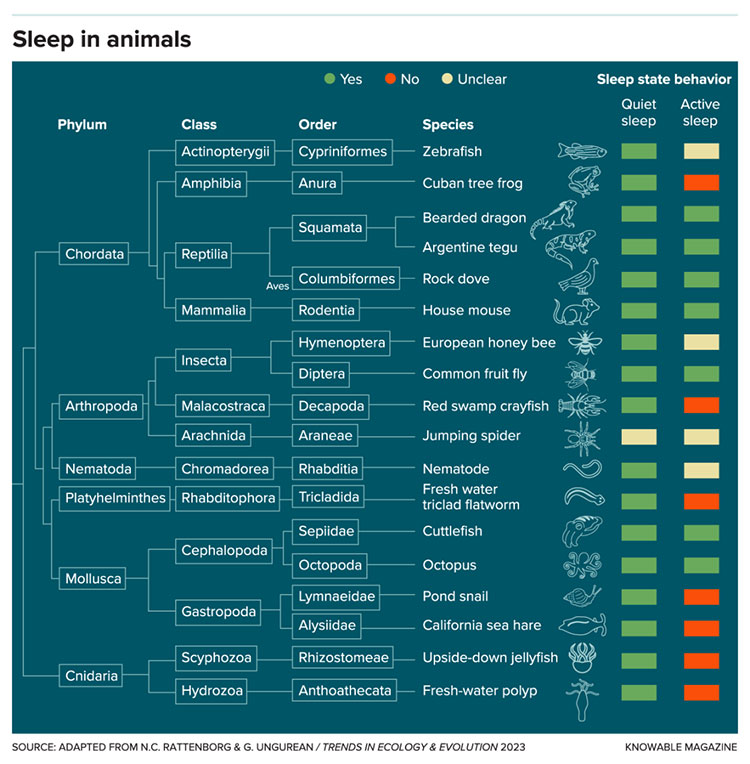
In 2012, for example, researchers reported a sleep-like state in cuttlefish, as well as a curious, REM-like behavior during that state of putative sleep: Periodically, the animals would move their eyes rapidly, twitch their arms and alter the coloring of their bodies. During a fellowship at the Marine Biological Laboratory in Woods Hole, Massachusetts, behavioral biologist Teresa Iglesias investigated the phenomenon further, collecting terabytes of video of half a dozen cuttlefish.
All six showed bouts of REM-like activity that repeated roughly every 30 minutes: bursts of arm motions and eye movements during which their skin put on a show, jumping through a variety of colors and patterns. The creatures flashed camouflage signals and attention-grabbing ones, both of which are displayed during waking behaviors. Since the cephalopod’s brain directly controls this skin patterning, “that kind of suggests that the brain activity is going a bit wild,” says Iglesias, now at the Okinawa Institute of Science and Technology in Japan.
Researchers have since observed a similar state in octopuses. If octopuses and cuttlefish dream, “it just kind of blows down the walls of what we think about humanity being so special,” Iglesias says.
Researchers have also observed an REM-like stage in bearded dragons by recording signals from electrodes in their brains. And they have reported at least two sleep states in zebrafish based on the fishes’ brain signatures. In one of the states, neural activity synced up like it does in a non-REM stage of mammals. In another state, the fish showed neural activity reminiscent of a waking state, as happens in REM. (The fish didn’t show rapid eye movements.)
Observing multiple sleep stages in such an evolutionarily distant relative from ourselves, the authors suggested that different sleep types arose hundreds of millions of years ago. It’s now known that flies, too, may flit between two or more sleep states. Roundworms appear to have one sleep state only.
Researchers consider the possibility of nonhuman animals dreaming during REM-like sleep because creatures act out waking-like behaviors in this state — like the cephalopods’ pattern-flashing or the spiders’ spinneret-shaking. In pigeons, sleep scientist Gianina Ungurean of the Max Planck Institute for Biological Intelligence in Munich and the University Medicine Göttingen has observed, with colleagues, that pupils constrict during REM as they do during courtship behavior. That evokes the question of whether the pigeons are dreaming or in some way re-experiencing what happened during their waking courtship instances, she says.
REM sleep also has been linked to the replay of experiences in some animals. For instance, when researchers looked at the brain electrical activity of sleeping mice that had earlier run a maze, they saw the firing of neurons that help with navigation and are linked with the head’s direction, even though the heads of the mice weren’t moving. They also saw activity in neurons associated with eye movement. The combination suggests that the mice may have had a dreamlike experience in which they were scanning the environment, Ungurean says.
With all these signs, it’s fair to posit that animals could be dreaming, Ungurean says. “However, if we take these reasons one by one, it turns out that none of them is sufficient.” The brain activity associated with replay, like that of the maze-running mice, doesn’t occur only during REM or sleeping, Ungurean says. It can also occur during planning or daydreaming. And the link between REM and dreaming isn’t absolute: Humans dream in non-REM too, and when drugs are used to suppress REM sleep, human study participants can still have lengthy and bizarre dreams.
Ultimately, people know they are dreaming because they can report it, Ungurean says. “But animals cannot report, and this is the biggest problem that we have in purely scientifically and robustly establishing this.”
There’s still debate over what REM is even for. “No one really knows what the function of sleep is — non-REM or REM,” says Paul Shaw, a neuroscientist at Washington University in St. Louis. One of the most accepted ideas is that REM helps the brain to form and reorganize memories; other theories are that REM supports brain development, aids in developing the body’s movement systems, maintains the circuitry needed for waking activities so they don’t degrade during sleep, or boosts brain temperature.
But if REM turns out to be present in far-flung species within the animal kingdom, that suggests its role, whatever it may be, could be very important, Iglesias says.
Not all scientists believe that researchers are seeing REM. They may simply be fulfilling preconceived notions that all animals have two sleep states and interpreting one of those as REM, says Jerome Siegel, a neuroscientist who studies sleep at UCLA. Some of these animals — such as the spiders — may not even be asleep, he argues. “Animals may do things that look the same, but the physiology isn’t necessarily the same,” he says.
Researchers continue to look for clues. Rößler’s team is trying to develop stains that would allow them to image spider brains — this might reveal activation in areas that are functionally analogous to the ones that we use when we dream. Iglesias and others have implanted electrodes in cephalopods’ brains and captured their electrical activity during two sleep states — one that shows waking-like activity, and another that’s a quiet state, with neural signatures similar to ones observed in mammals. And Ungurean has trained pigeons to sleep in an MRI machine and found that many of the brain areas that light up in human REM sleep also activate in birds.
If cuttlefish and spiders and a broad array of other critters dream, it raises interesting questions about what they experience, says David M. Peña-Guzmán, a philosopher at San Francisco State University and author of the book When Animals Dream: The Hidden World of Animal Consciousness. Since dreams unfold from the viewer’s perspective, dreaming animals should have the capability to see the world from their point of view, he says.
Dreaming would also hint that they have imaginative capabilities, he adds. “We want to think that humans are the only ones who can enact that break from the world,” he says. “We might have to think a little bit more about other animals.”
Editor’s note: This article was updated on September 1, 2023, to correct an error about the species in a study. Researchers studied brain electrical activity of sleeping mice that had earlier run a maze, not rats.
CONTENT PROVIDED BY
Knowable Magazine is an independent journalistic endeavor from Annual Reviews.
Also In Animals in Research
Trending
Popular articles on BrainFacts.org




